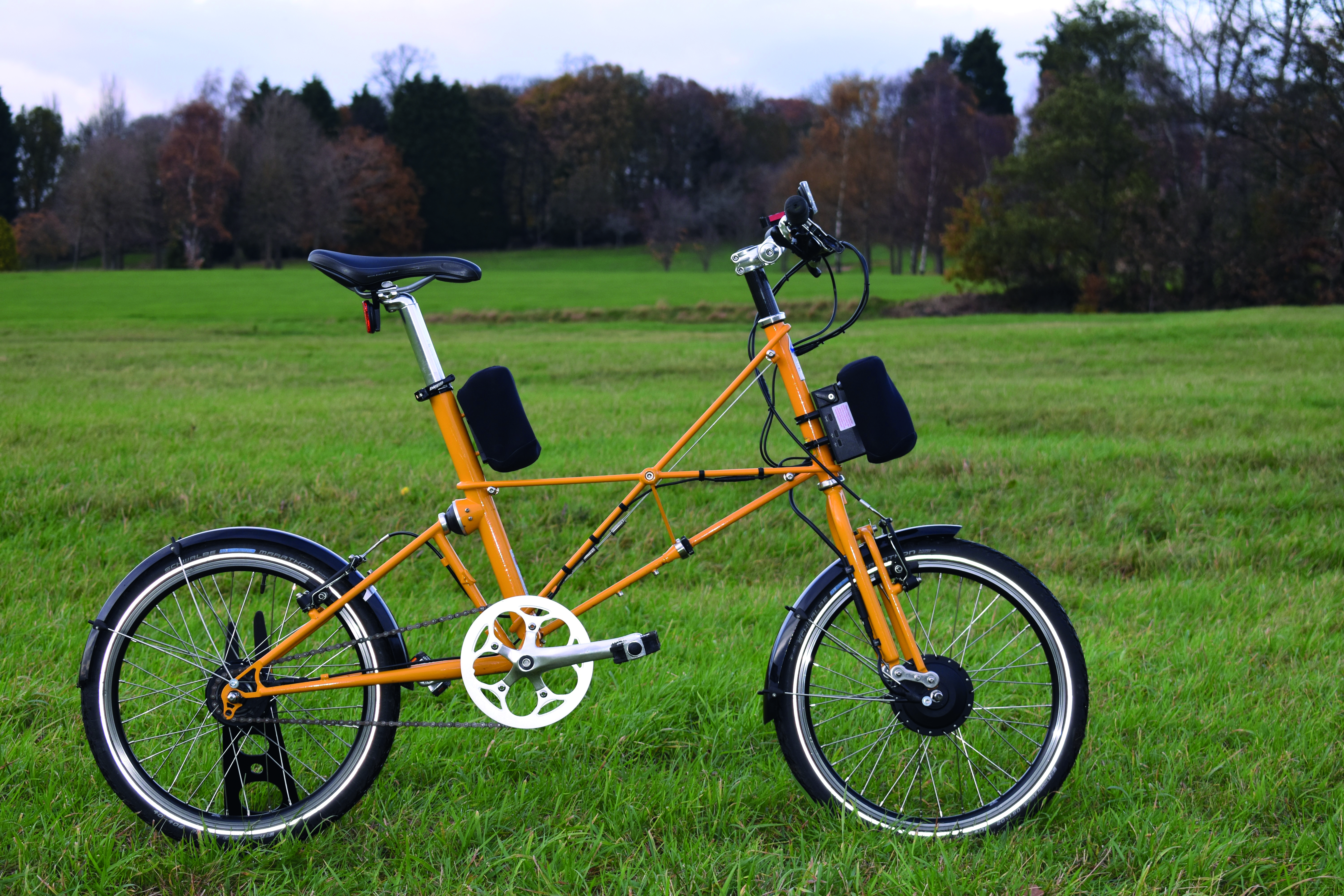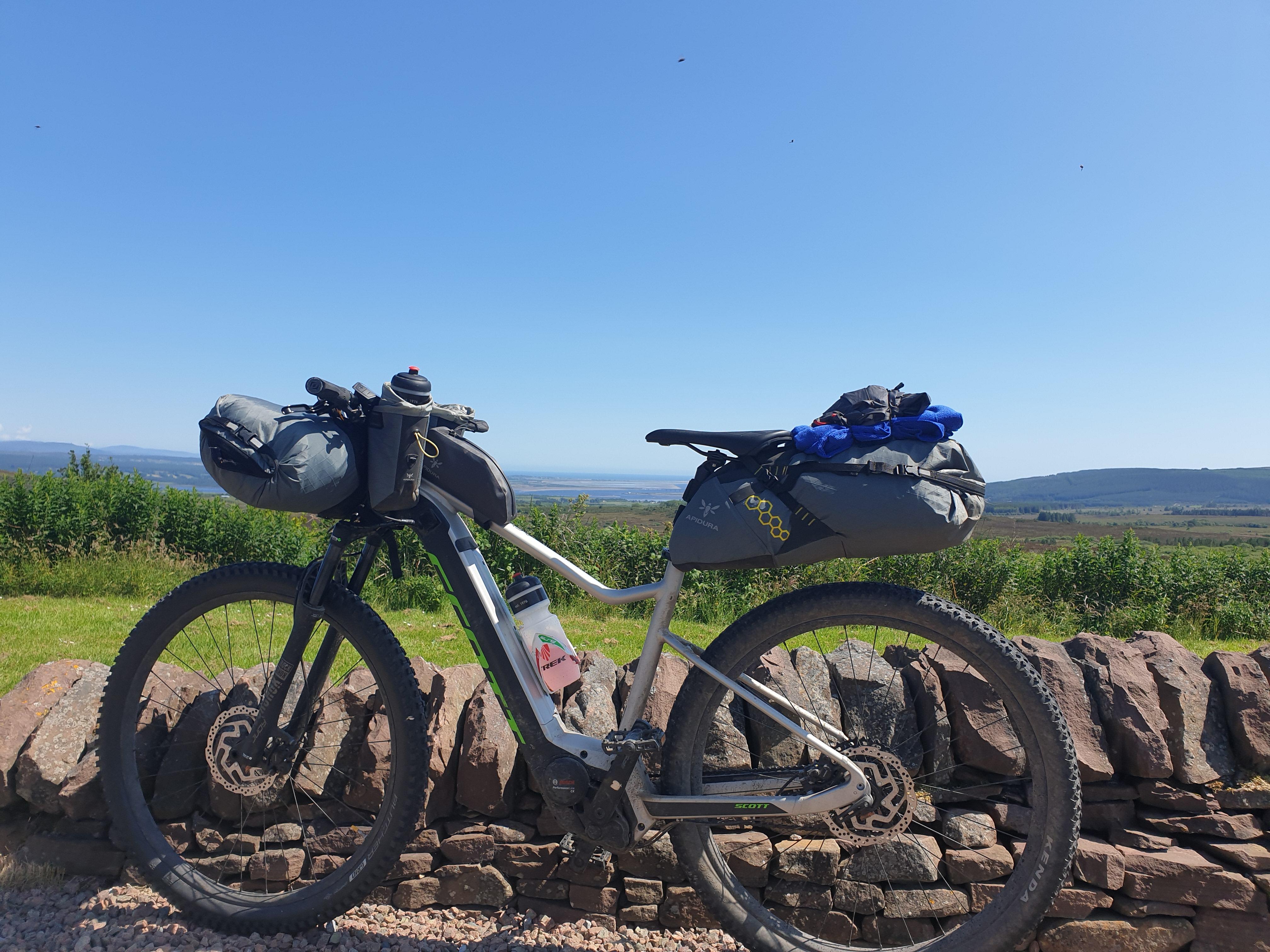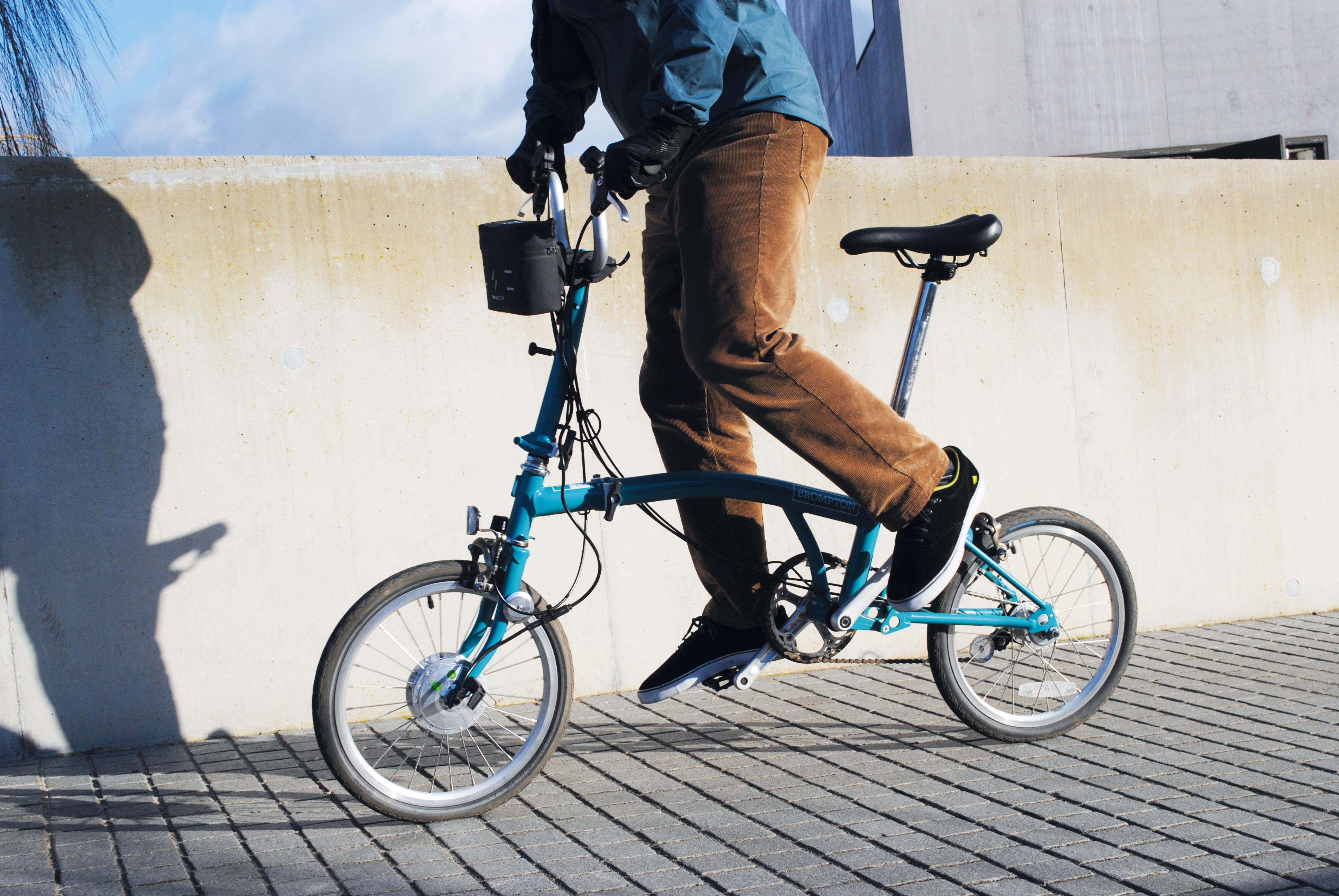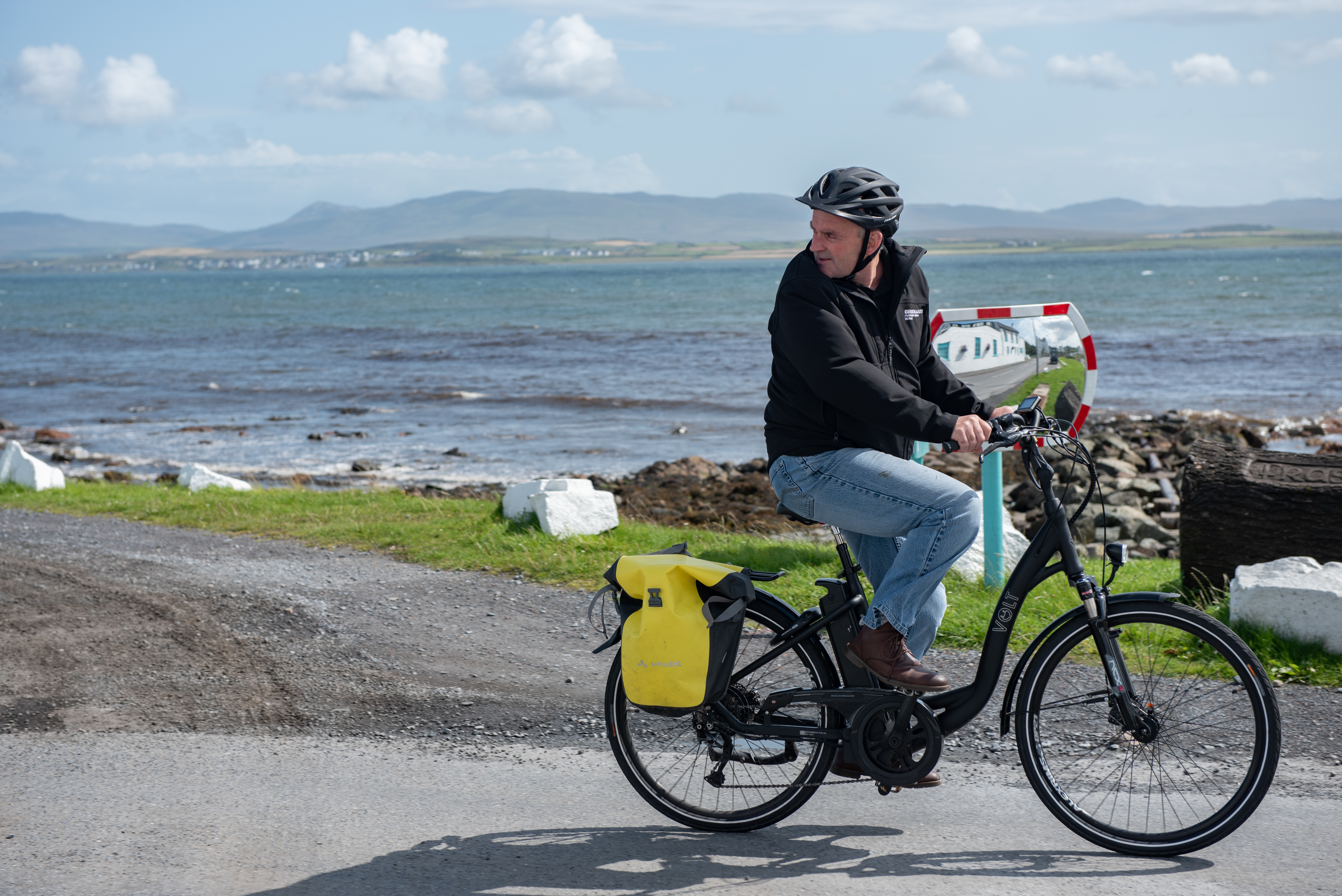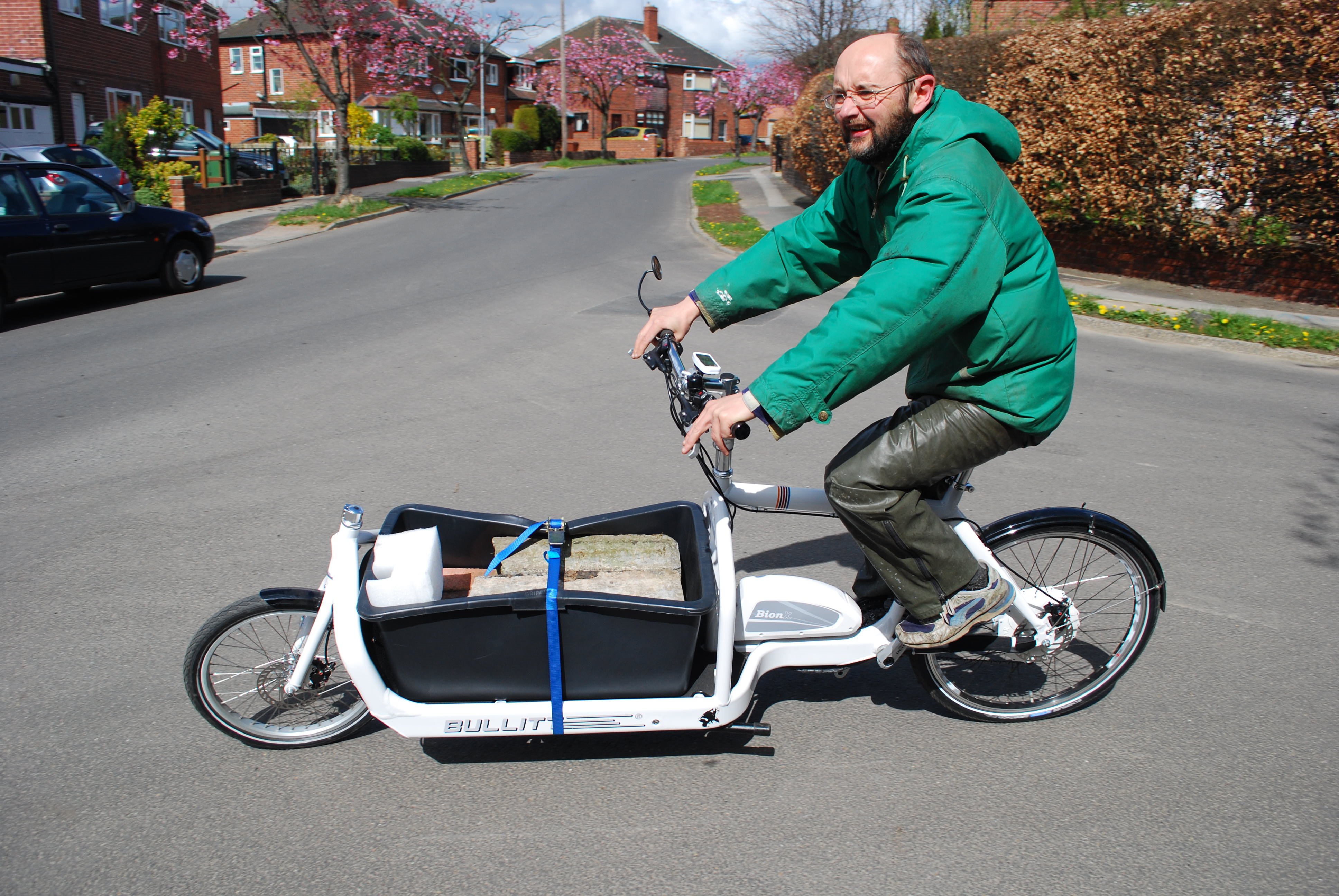Tech test: Swytch e-bike front wheel conversion
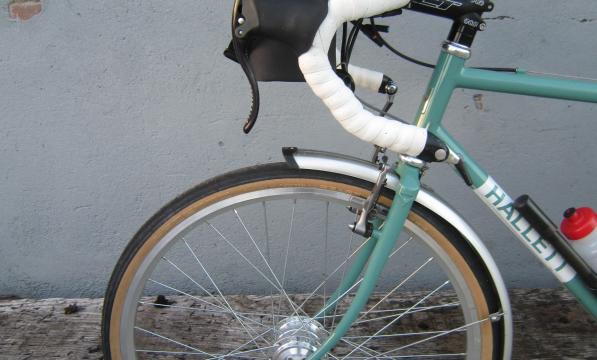
Swytch front wheel conversion kit, price on request
A new e-bike is an expensive proposition, so a kit that converts a standard cycle to pedelec status is an attractive proposition. There are several ways to do it, including put a motor in the front or rear wheel hub and adding a drive system to the transmission via the chainset.
The Swytch system does the first of these and comprises a suitably sized front wheel (26", 27.5" and 29" versions are readily available and other sizes can be supplied) plus 2.5kg battery pack with controller, braking sensors and a clip-on magnetic sender that tells the controller when the pedals are turning.
The kit is described as able to ‘convert any bike’, so we specified a 27.5"/650B front wheel with 25-mile-range battery pack. Problem #1 arose immediately on trying to install the front wheel, as the axle needed a 10mm fork dropout slot.
Although a 10mm axle is standard on front-wheel-drive e-bikes, the standard front axle width for road bikes is 9mm, According to Swytch, the dropout width should be specified on purchase although this is not readily apparent on the website.

The modification made by Swytch was a simple matter of filing flats on the axle to reduce its width by 1mm. It now fitted the slot but left the wheel sitting about 2mm lower in the fork since the axle and slot profiles did not match.
Enclosing a 1.5kg motor drive unit, the front hub wheel is bulky and wide. With the spacers correctly fitted outside the dropouts, the hub fouled the dropout, so one spacer had to go inboard, increasing the over locknut dimension, requiring the fork blades to be sprung outwards and offsetting the wheel in the fork enough to require significant brake adjustment.
The wheel is secured using a pair of 18mm flanged nuts. The nut flanges fouled the mudguard stay clamps, so I machined them to clear.

With the wheel finally installed and the brake blocks lowered to avoid chafing the tyre sidewall, I fitted the battery pack. The sturdy bracket is easily attached and houses the numerous contacts required by the controller, while the battery pack clips firmly into place and is as easily removed for charging.
Finally I turned to the pedal sensor, which does much the same job as a cadence sensor. The pickup is clipped to the frame. A rotating disc with several magnets must now be attached – apparently to the left-hand crank according to the instructional video, although in practice it appears designed to clip to the bottom bracket axle.
It won’t work with a HollowTechII crankset, since there is no way to attach the disc. With no way to fit the disc and get the system working, I was obliged to abort the test. The Swytch system may work well, but it needs a suitable bike rather than ‘any bike’.
Verdict
The Swytch kit comes with a wide range of fitments, but doesn’t fit ‘any bike’.
Other options
Electric Bike Conversions front wheel conversion kit £399

Includes rack or down tube battery, motor weight 2.7kg, 30-mile range, seven wheel sizes including 26", 27.5" and 700C.
Cytronex C1 Electric Cycle Power £945

Rim- or disc-brake compatible lightweight front-wheel-drive system with innovative rear sprocket sensor operation.
Panda mid-drive eBike kit £799

A powerful and versatile transmission-drive conversion kit.

